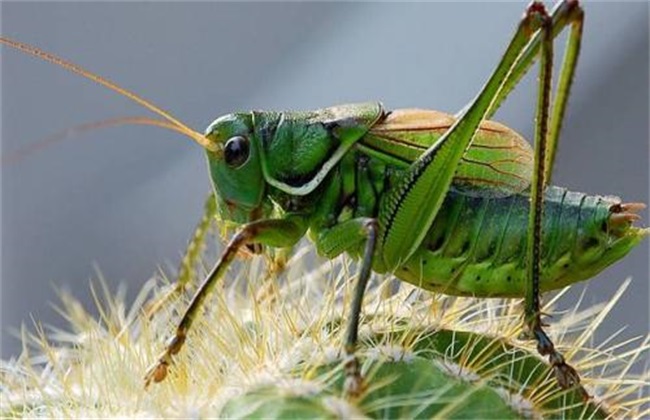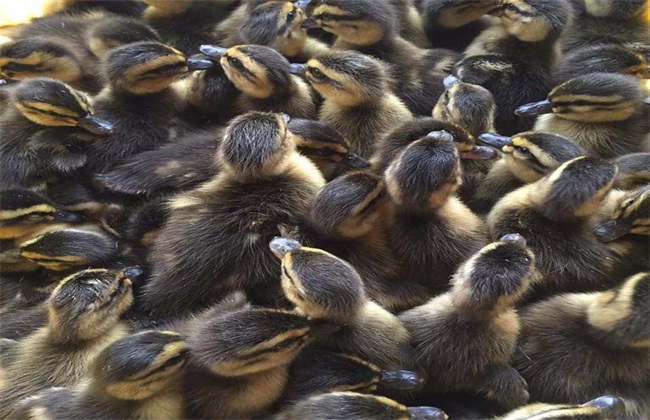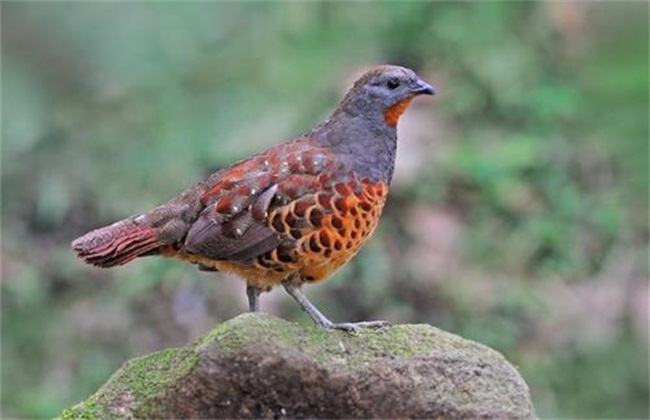Aquaculture technology of mackerel
Grasshopper has a long history in our country, and now it has a good prospect both for viewing and eating. Especially in recent years, everyone's enthusiasm for this kind of insect is increasing day by day, and the number of people breeding katydids is increasing obviously. So how should this katydids be raised? Here's how to learn the cultivation method of katydids!

1. Construction of culture pond
Grasshopper cultivation is divided into greenhouse ecological breeding and indoor breeding, the former technical demand is too high, the main market is to do ornamental, do not recommend everyone to start. Indoor farming is the friendliest way for novices. Raising katydids does not require a lot of space, and the number is more. Prepare some three-layer boxes, every 30 cm or so a layer, each layer put 5-10 cm of fine sand for katydids to lay eggs, surrounded by gauze sealed, that is, ventilation and prevention of its escape. Each layer reserved food mouth and food prevention place, convenient daily feeding, each square meter in 800-100 crickets or so is more appropriate.
2. Environmental management
Due to its small size, the temperature requirement is relatively high. A little lower temperature is easy to cause its batch death. The daily suitable temperature is about 25-28℃, and it needs to be maintained for a long time. Large fluctuations in temperature will affect its normal growth. Secondly, ventilation preparation should be made in the breeding room to avoid sultry and humid inside, which will greatly affect the growth of crickets, and keep there no peculiar smell inside.
3. Introduction of eggs
Grasshoppers try to mate with a male and a female separately during mating, otherwise it may trigger a struggle with the mate. The eggs of crickets are generally buried in the soil at a depth of about 4 cm. They lay eggs around October every year and hatch around May of the next year. In the middle, in order to be safe, farmers may need to take out the eggs and save them themselves to ensure hatching. The number of eggs laid by each pair is about 200-300.
4. Feeding management
The most important point when raising katydids is the freshness of food, cricket is very picky about food, not fresh food generally won't eat, so farmers should pay attention to this aspect. Insects belong to omnivores, whether it is other small insects or vegetables and the like they eat, but for their health, generally mixed feeding, some animals fresh internal organs can also be fed after grinding. Vegetables such as carrots and cabbage can be fed, but try not to have water on vegetables. Feed twice a day or so, feeding things are done now.
The above is the breeding process of katydids, more specific information we will update later. In fact, breeding crickets will also need patience, do not think that he is an insect feel very good to raise, there are places you do not understand can give us a message oh!
Related
- On the eggshell is a badge full of pride. British Poultry Egg Market and Consumer observation
- British study: 72% of Britons are willing to buy native eggs raised by insects
- Guidelines for friendly egg production revised the increase of space in chicken sheds can not be forced to change feathers and lay eggs.
- Risk of delay in customs clearance Australia suspends lobster exports to China
- Pig semen-the Vector of virus Transmission (4)
- Pig semen-the Vector of virus Transmission (3)
- Five common causes of difficult control of classical swine fever in clinic and their countermeasures
- Foot-and-mouth disease is the most effective way to prevent it!
- PED is the number one killer of piglets and has to be guarded against in autumn and winter.
- What is "yellow fat pig"? Have you ever heard the pig collector talk about "yellow fat pig"?



